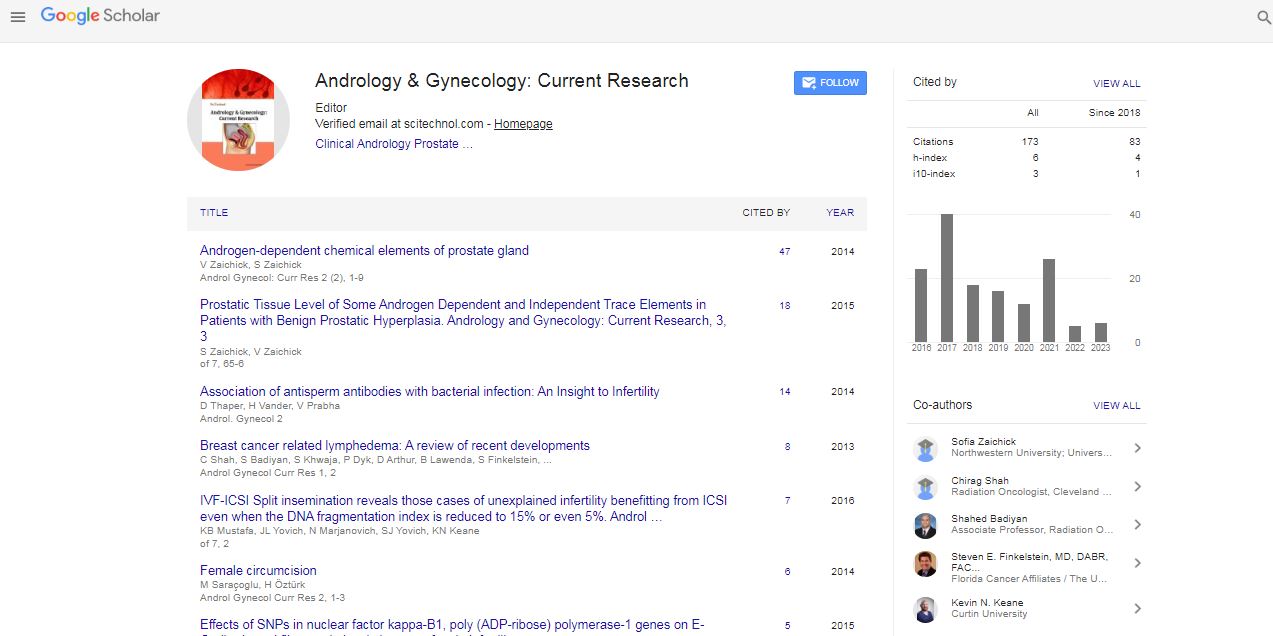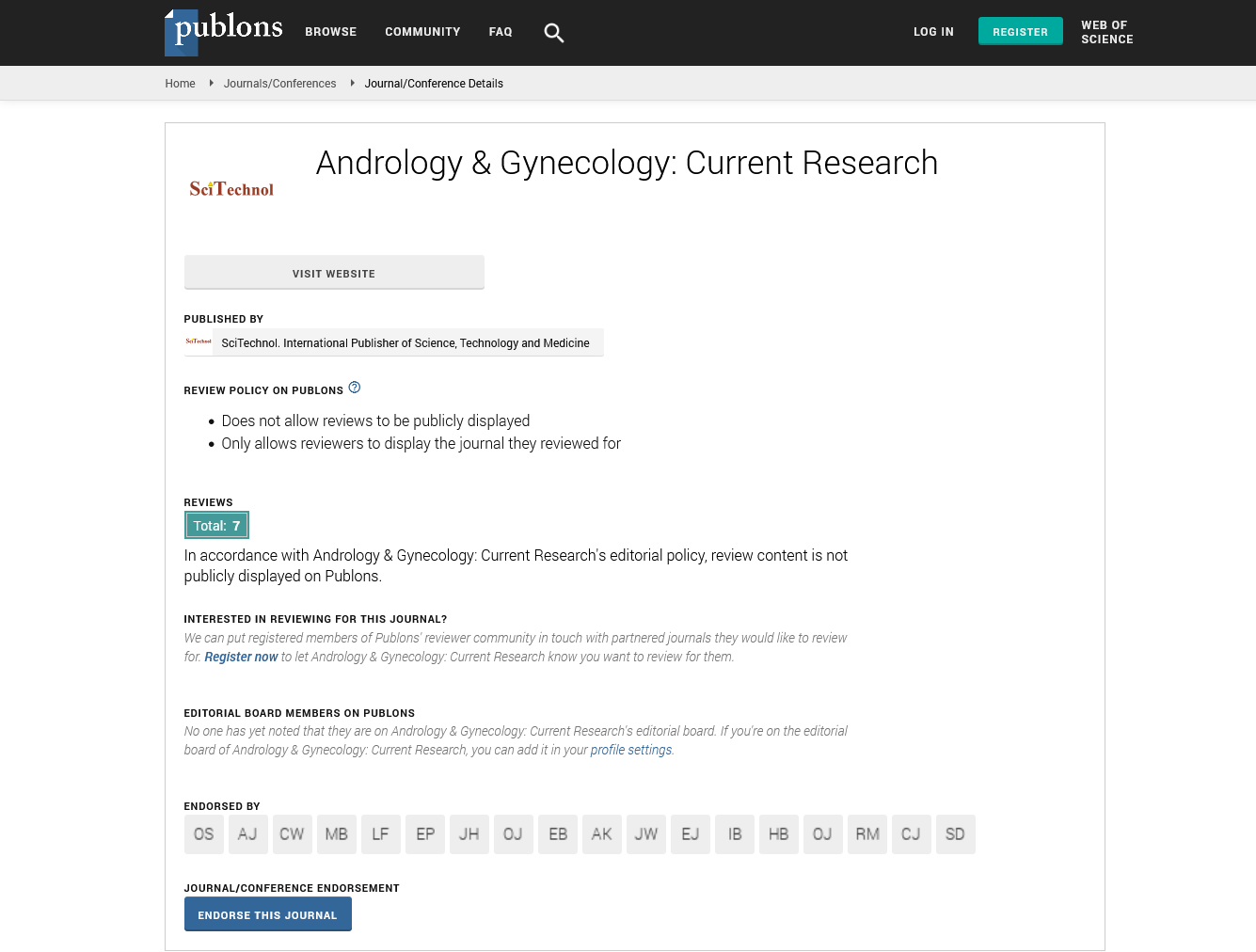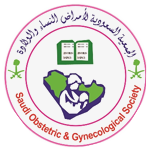Research Article, Androl Gynecol Curr Res Vol: 3 Issue: 1
PCOS from Conception to Menopause: A Review of Our Current Understanding
| Leah Whigham1, Michelle Durrant2, Jerome L Yaklic2 and Steven R Lindheim2* | |
| 1Paso del Norte Institute for Healthy Living, 500 W. University Ave, El Paso, TX, 79968, USA | |
| 2Department of Obstetrics and Gynecology, Boonshoft School of Medicine, Wright State University, Dayton, Ohio, 45409, USA | |
| Corresponding author : Steven R Lindheim 128 Apple Street, Suite 3800 Weber CHE, Dayton, OH, USA 45409 Tel: (937) 208-2301; Fax: (937) 222-7255; E-mail: steven.lindheim@wright.edu |
|
| Received: August 07, 2014 Accepted: December 17, 2014 Published: December 29, 2014 | |
| Citation: Leah Whigham, Michelle Durrant, Jerome L Yaklic, Steven R Lindheim (2014) PCOS from Conception to Menopause: A Review of Our Current Understanding. Androl Gynecol: Curr Res 3:1. doi:10.4172/2327-4360.1000133 |
Abstract
PCOS from Conception to Menopause: A Review of Our Current Understanding
Polycystic ovary syndrome (PCOS) appears to be a part of a lifelong continuum starting in utero, with progressive signs in the adolescent female. It is recognized as the most common endocrinopathy in reproductive age women, and may have sequelae in the menopausal PCOS woman. PCOS is a disorder characterized by hyperandrogenism and chronic anovulation affecting at least 1 in 15 women or approximately 6-7% of reproductive age women. Metabolic and health complications associated with PCOS include obesity, insulin resistance, dyslipidemia, pancreatic beta-cell dysfunction, type 2 diabetes, cardiovascular disease, endometrial cancer, sleep apnea, inflammation, and infertility.
 Spanish
Spanish  Chinese
Chinese  Russian
Russian  German
German  French
French  Japanese
Japanese  Portuguese
Portuguese  Hindi
Hindi 


